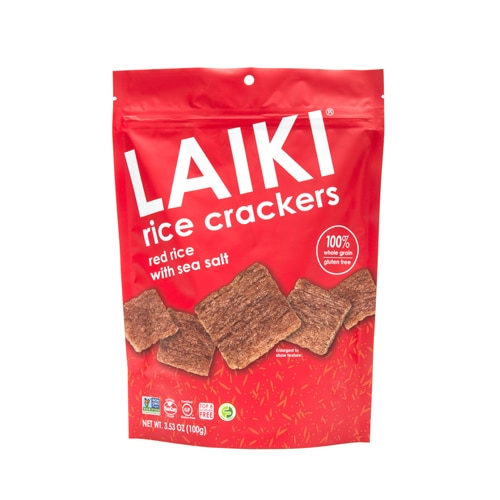Celiac Disease Awareness Month is a good opportunity to shed light on this autoimmune disorder that is estimated to affect 1/100 people world wide or 1/133 Americans (1, 2). Even more reason to promote this month: celiac disease is thought to go undiagnosed in about 80 percent of the celiac disease population (3). Knowing the signs, symptoms, and likelihood of being diagnosed with celiac disease are the first steps to seeking correct treatment.
What is celiac disease?
Celiac disease is a serious autoimmune disorder triggered by consumption of gluten-containing foods in genetically predisposed people. When someone with celiac disease eats gluten (a protein found in wheat, barley, and rye), the tall, narrow cells that line the small intestine become so inflamed that they are damaged, shortened and flattened. What happens when these small intestine cells are damaged? The body cannot absorb key nutrients properly. (1, 2, 4)
Who’s most likely to be diagnosed with celiac disease?
Although it was once thought to be a disease that develops during childhood, we now know that celiac disease can develop at any age (5). As a genetic disease, having a parent, sibling or child with celiac disease means the risk of developing the disease increases to about one in 10 as opposed to about one in 100 in the general population (6).
Certain genes can also increase the risk factor for developing celiac disease. The HLA-DQ2 and HLA-DQ8 genes, though found in about 40 percent of the general population, are found in 95 percent of celiac disease patients (4.7). Having an autoimmune disorder such as type 1 diabetes, thyroid disease or Down syndrome may also be a risk factor for developing celiac disease (4). Celiac Disease is diagnosed through blood tests and biopsies of the small intestine.
Symptoms and signs of celiac disease
There are hundreds of known symptoms of celiac disease and in some cases, no symptoms at all. Children are most likely to show the classic digestive symptoms of celiac disease, while adult symptoms are more likely non-digestive or non-classic (3, 4, 5).
Classic celiac disease symptooms in children
- Diarrhea
- Weight loss or growth failure
- Pale, foul smelling, greasy stools
- Abdominal pain and bloating
- Fatigue
- Irritability
- Dental enamel problems
- Vomiting
Non-classic celiac disease symptoms in adults:
- Iron deficiency anemia
- Fatigue
- Depression/anxiety
- Sores in the mouth
- Elevated liver enzymes
- Joint pain/arthritis
- Migraines or seizures
- Itchy skin rash
- Abdominal bloating
- Osteoporosis or osteopenia
- Peripheral neuropathy
- Infertility
Treatment
Without treatment, celiac disease can lead to a host of serious complications. The only known treatment for celiac disease is following a gluten-free diet (avoiding wheat, barley, rye and all ingredients made from them). The food industry has greatly expanded the number of gluten free options available over recent years making the gluten-free diet a little less complicated.
Talk to your doctor if you have close relatives with celiac disease and/or suspect that your symptoms may be related. If you have been diagnosed with celiac disease, meet with a registered dietitian to learn the ins and outs of a gluten-free diet for keeping symptoms at bay.
Sources:
- https://celiac.org/celiac-disease/understanding-celiac-disease-2/what-is-celiac-disease/
- https://www.beyondceliac.org/celiac-disease/what-is-celiac-disease/
- https://celiac.org/celiac-disease/understanding-celiac-disease-2/celiacdiseasesymptoms/
- Nutrition Therapy & Pathophysiology 2/e. Marcia Nelms, Kathryn P. Sucher, Karen Lacey, Sara Long Roth. 2011, 2007. P 402-403.
- https://www.ncbi.nlm.nih.gov/pmc/articles/PMC4635160/
- https://celiac.org/celiac-disease/understanding-celiac-disease-2/diagnosing-celiac-disease/
- https://www.ncbi.nlm.nih.gov/pmc/articles/PMC4737358/




